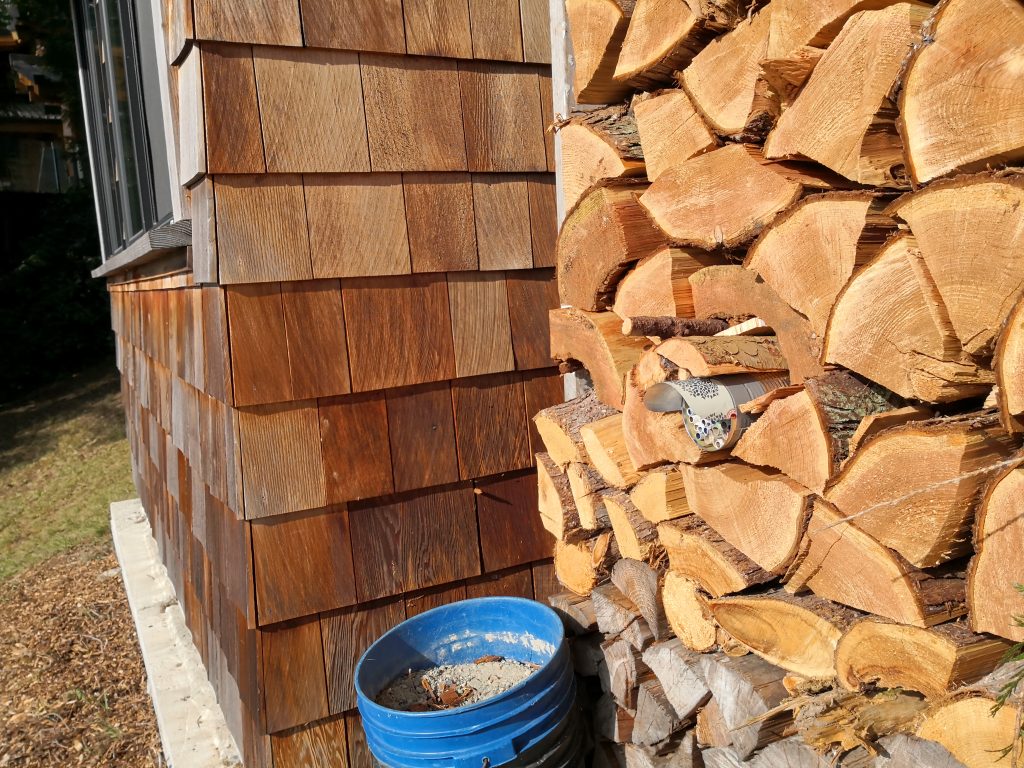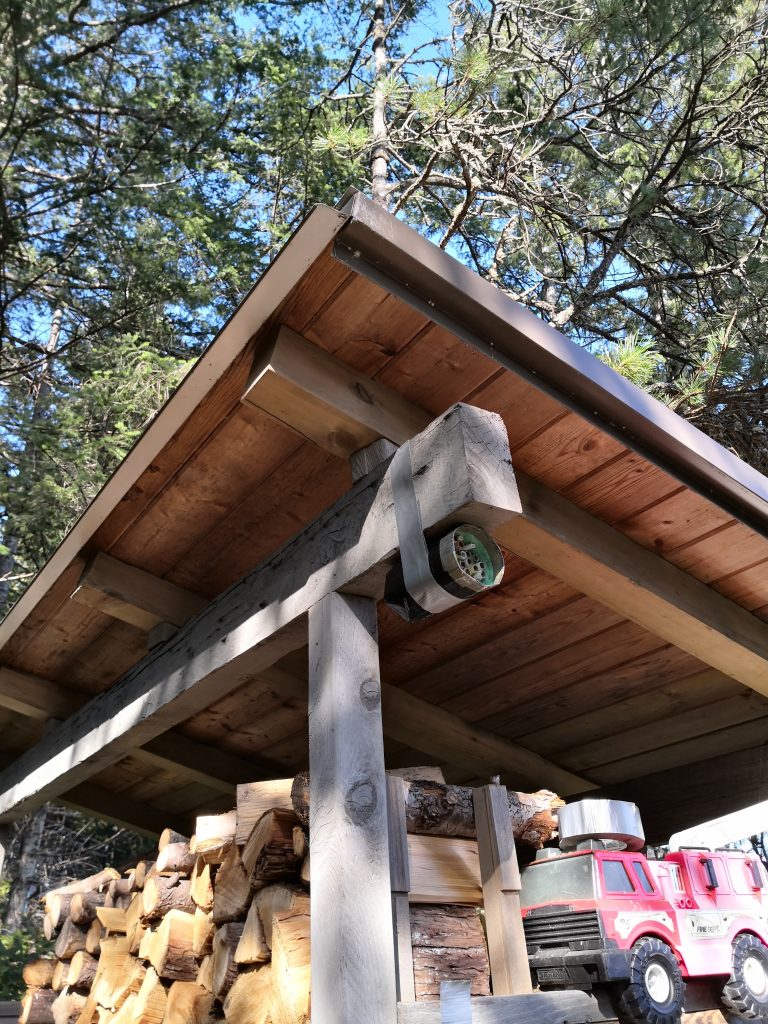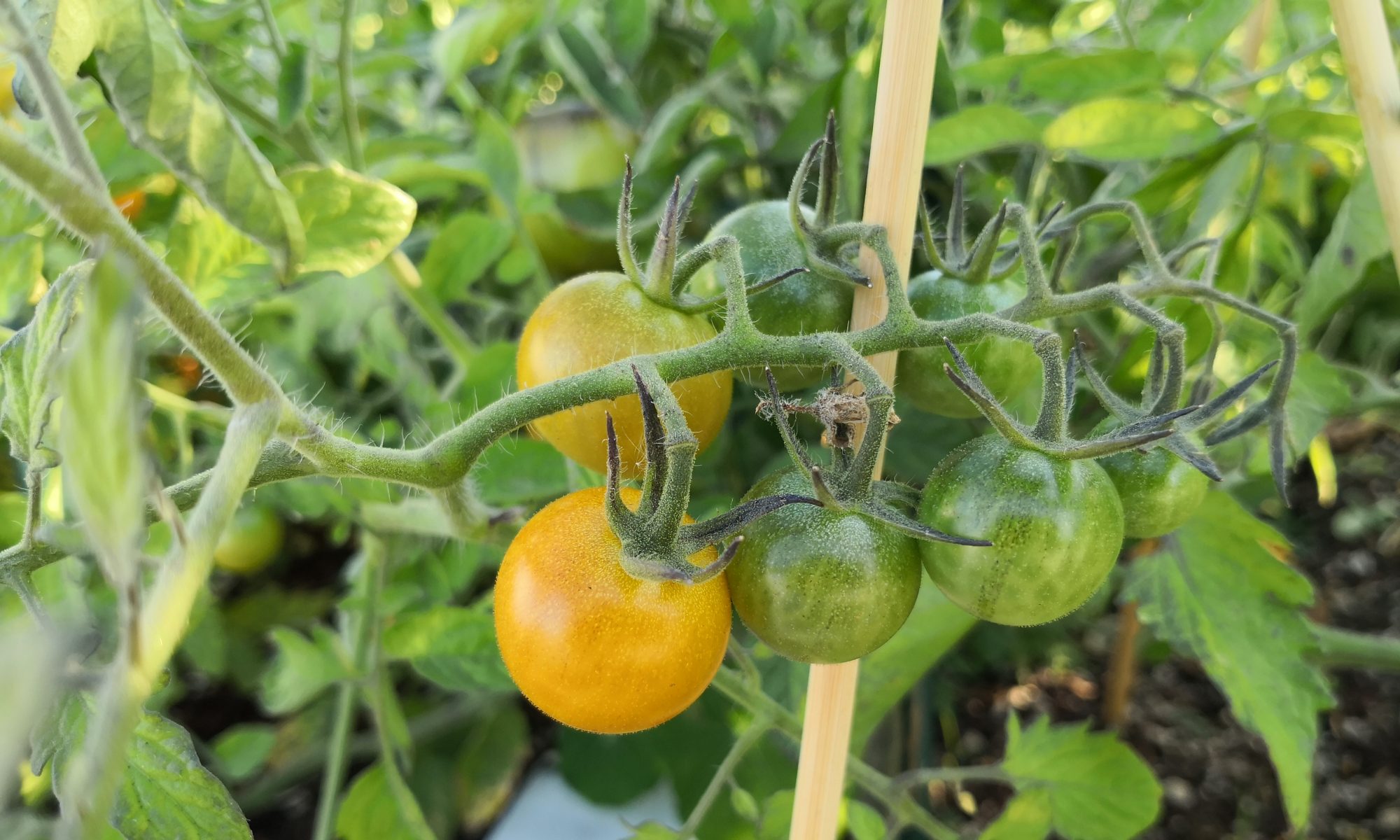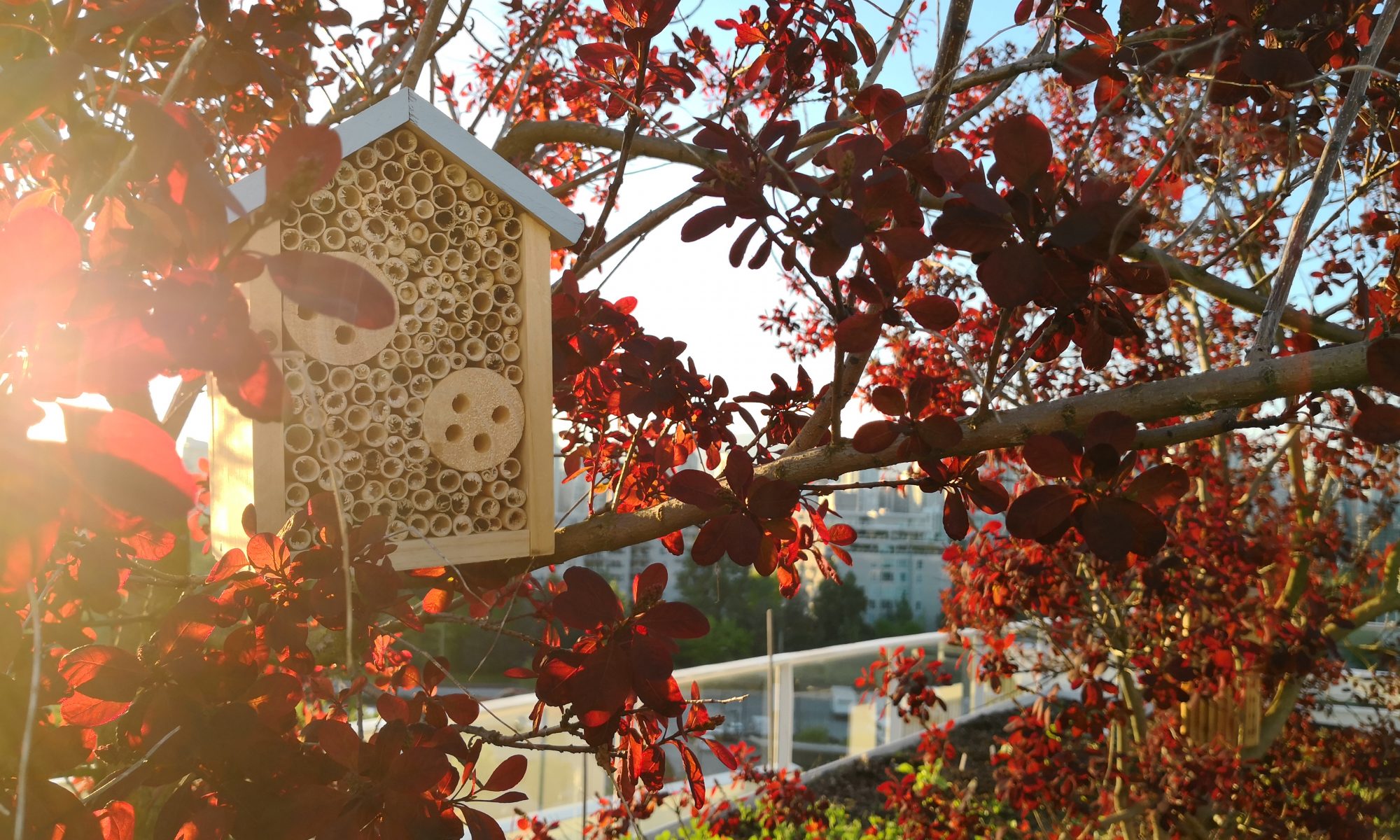A number of the DIY beer can-based mason bee hives were “installed” this week at various locations on an island in Howe Sound. During a visit last summer, I noticed mason bees coming and going behind cedar shingles on a cabin, and saw them in abundance in a friend’s fruit orchard, so I figured it would be interesting to see if they would take advantage of my low budget mason bee houses.
While this past week has been quite warm between 11am and 2pm, outside those windows it remains uncomfortably cold. As such I saw VERY little bee activity. This may be due in part to the only flowers observed being daffodils, rosemary (introduced) and skunk cabbage (do bees even like skunk cabbage?).
In terms of pollinators, we observed various types of bee flies, bumblebees, honeybees, a single wasp and a pair of mason bees mating in the middle of the road. That single pair suggests the masses are just around the corner, so hopefully the needed flowers hurry up and bloom. Presently there are barely buds on many of the needed trees.
The mason bee(r) houses were placed in several locations across 2 properties on the island. One on the water, and one inland. In both cases the bee houses face south / east and are angled slightly downward to reduce the likelihood of water ingress and pooling. Hopefully our next visit will find hundreds of tubes capped with mud and ready for eventual cleaning.
If these homebrew mason bee houses aren’t your thing, you can of course purchase ready-made mason bee houses on Amazon and elsewhere. For those of you in the US, you can find many mason bee house models here, and if you’re in Canada, then these are the bee houses you’re looking for.




